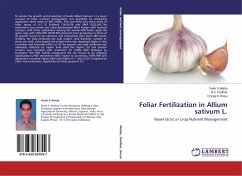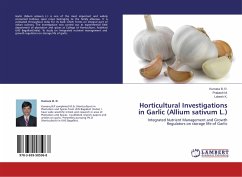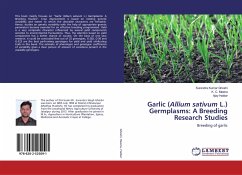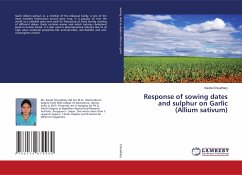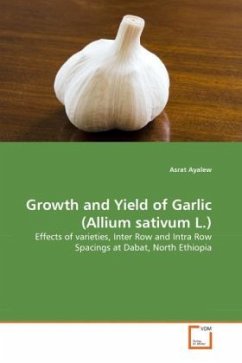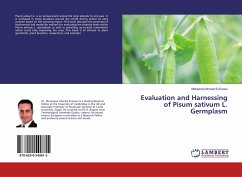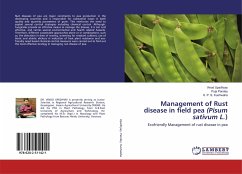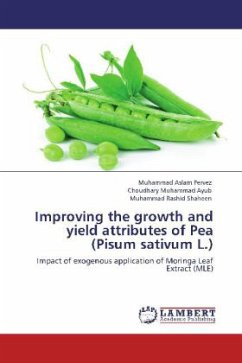To sustain the growth and production of Garlic (Allium Sativum L.) a novel concept of foliar nutrient management was described by comparing application three levels of RDF (100%, 75% and 50%) and seven levels of foliar sprays of 0.5 % Polyfeed (19:19:19) and MKP (0:52:34). The experiment was carried out using Randomized Block Design with factorial concept, with three replications. Among the various RDF levels, apply the garlic crop with 100% RDF (50:50:50) remained more productive in terms of all growth found to be optimum and economical than lower RDF levels. Similarly, the yield attributes like bulb weight, bulb diameter, number of cloves per bulb, clove length and weight were also registered higher in this treatment and favorable effect of all the growth and yield attributes had ultimately reflected on higher bulb yield. The higher TSS and protein content was recorded with treatment D1 (100% RDF) followed by treatment 75% RDF. Sulfide compounds did not found to be affected significantly by RDF treatments. With respect to economics, 100% RDF (D1) application recorded higher yield with higher B: C ratio (2.51) compared to other two treatments. Application of three sprays of 0.5
Bitte wählen Sie Ihr Anliegen aus.
Rechnungen
Retourenschein anfordern
Bestellstatus
Storno

